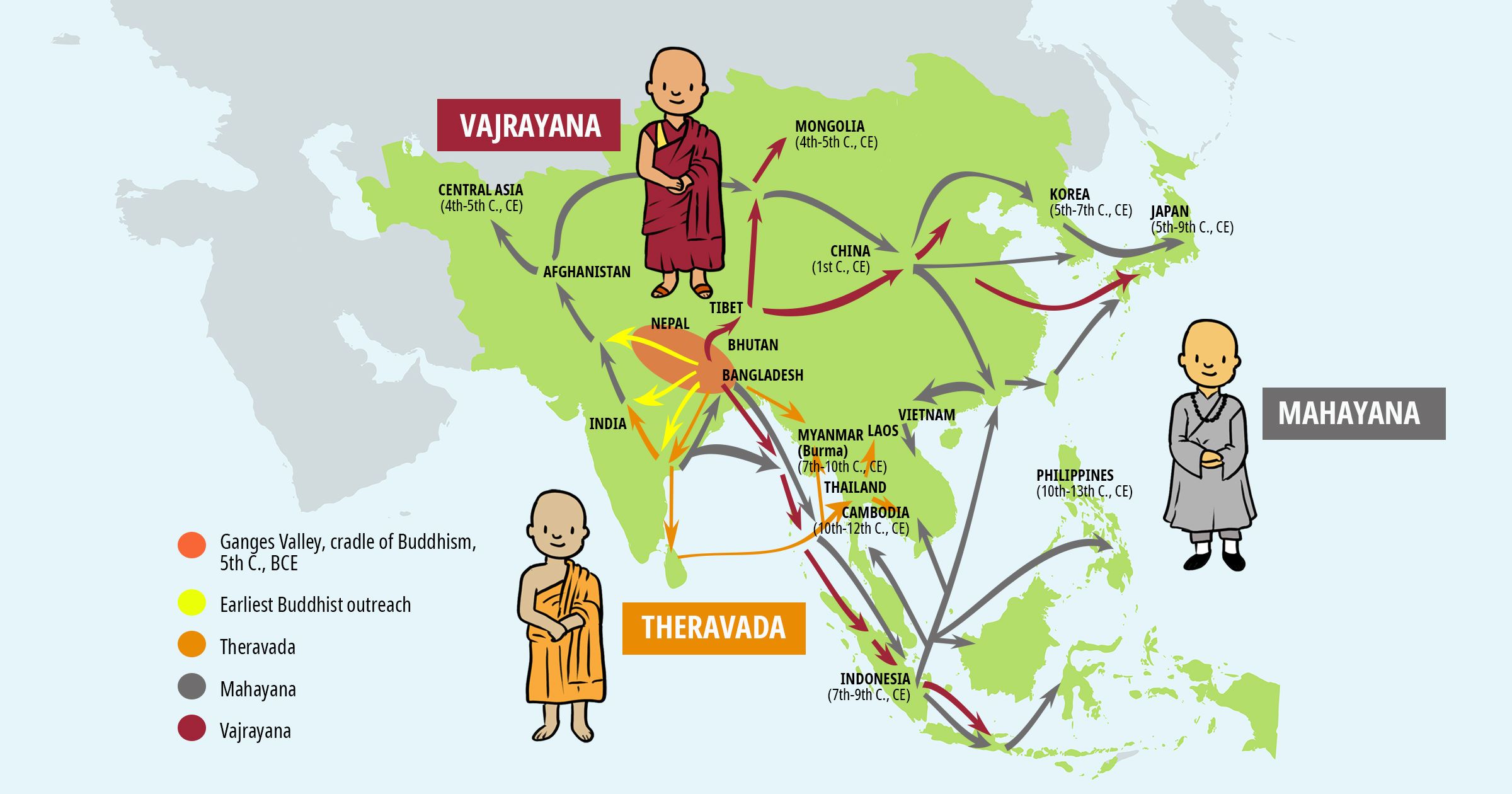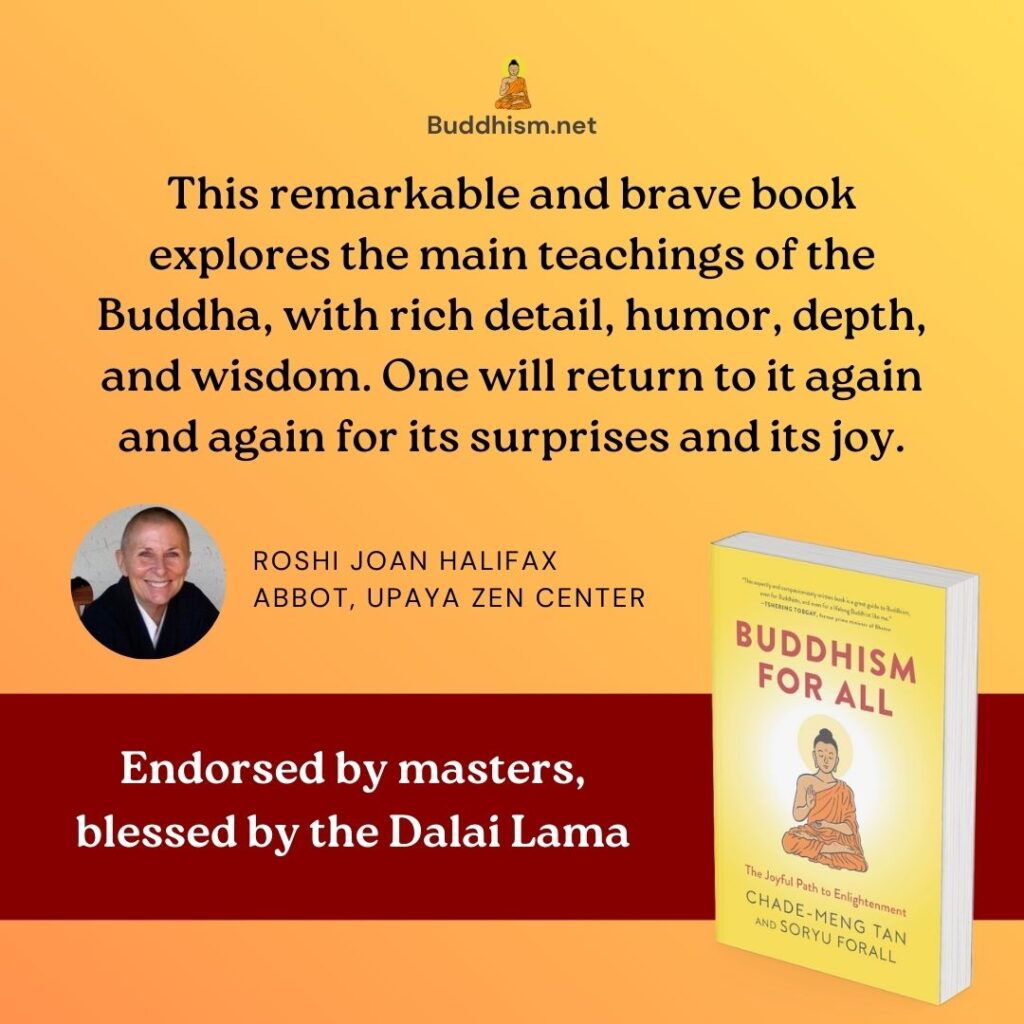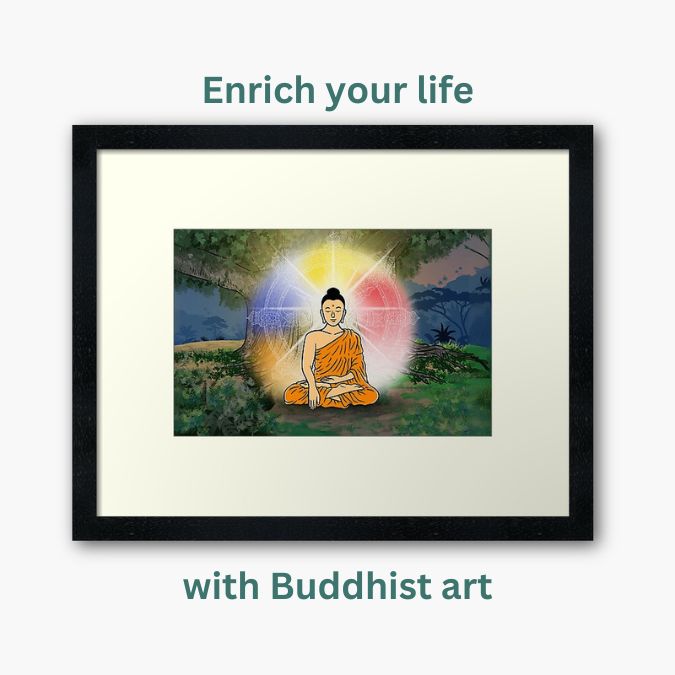
There are now three major sects of Buddhism: Theravada, Mahayana and Vajrayana.[1] Here is a short historical account of how it came to be.
Previous, we talked about how two of King Ashoka’s children, Mahinda and Sanghamitta, were sent to Sri Lanka as Buddhist missionaries. This line of transmission resulted in what we know today as the Theravada (“Teachings of the Elders”) sect.
The Theravada sect is the holder of the Pali Canon. They put the Pali Canon at the front and center, and for that reason, of all the branches of Buddhism in existence today, they are the most respectful of the primacy of the early Buddhist texts. I find this aspect extremely attractive. As you can probably tell by now, I’m a huge megafan of early Buddhism and early Buddhists texts.
One of the main epicenters of this line of transmission was an important monastery in Sri Lanka called Mahāvihāra. The Theravada we know today is, to a large degree, the Buddhism as passed down by the monks at Mahāvihāra. From Sri Lanka, it eventually spread to Burma, Thailand, and beyond.[2] The modern-day “Vipassana movement” pioneered by S. N. Goenka originates from this lineage.
In that sense, the Theravada lineage comes from the southward transmission of Buddhism from India. In Chinese, the Theravada sect is known as “Nanchuan Fojiao” (南传佛教), which literally means Buddhism of southern transmission. The other direction of transmission went north, and it took on a very different flavor. That transmission became what we know today as Mahayana (“Great Vehicle”) Buddhism.
The origin of Mahayana as a major branch of Buddhism is really quite muddled. Modern scholars do not agree whether Mahayana started as a lay movement or an elite “hard-core” monastic movement, or whether it started as a separate school (or collection of schools) or as a “spiritual vocation” pursued by some within existing schools.
There is, however, an important known milestone in the history of Buddhism’s northward transmission. As Buddhism spread north, Kashmir became an important bastion of Buddhism. This happened a few centuries after the establishment of Buddhism in Sri Lanka.
Mahinda and Sanghamitta established Buddhism in Sri Lanka during the lifetime of Ashoka (304 to 232 BCE). While Ashoka also sent missionaries to Kashmir who were successful in spreading Buddhism there, it only really became big more than four hundred years later during the reign of King Kanishka of the Kushan Empire centered in Kashmir, which started either in 78 CE or 127 CE, maybe (nobody today knows for sure, the historical documentation is not ideal).
Kanishka was a devout Buddhist who became an important patron of Buddhism. One of his biggest contributions was the convening of the Fourth Buddhist Council to safeguard the teachings of the Sarvāstivāda (“everything is said to exist”) school. What came out of that council was an Abhidharma text in the form of a huge book titled Abhidharma Mahāvibhāṣa Śāstra. How huge is it? The great Tang Dynasty Buddhist master Xuanzang translated it to Chinese[3], you can today download a pdf version of it on the internet, and that pdf is more than 1300 pages long. Kanishka had it engraved on copper plates in the Sanskrit language. Today, only the Chinese translation of that text survives.
It was said that this council marked the ascendancy of Sanskrit as the language for propagating Buddhism.[4] It also marked the ascendancy of the Sarvāstivāda sect, which exerted tremendous impact, directly or indirectly, on the subsequent development of Indian Buddhism.[5] As the Sarvāstivāda evolved over centuries, and was eventually overtaken by Mahayana schools such as the Yogācāra and the Madhyamaka, Sanskrit remained the dominant language of this northern version of Buddhism. The Pali language still distinguishes the southern version of Buddhism. As the Mahayana spread, it took elements from other forms, including the Sarvāstivāda, and made them into even more complex and sophisticated teachings. This included using the stories of the Buddha’s past births (before his enlightenment 2500 years ago) as a way to inspire all of us to fully practice the path so that we also might attain the full and complete enlightenment of a buddha.
Mahayana Buddhism eventually spread through India, and to countries including China, Japan, and Korea.
You might be asking me, “Wait a minute, didn’t you say earlier that the Fourth Buddhist Council was held in Sri Lanka? Are you lying? Even more than usual?” My friends, may I present to you Exhibit A on the tyranny of geography in the ancient world. The folks in Sri Lanka held the Fourth Council in the 1st Century BCE, and then the folks in Kashmir held it between one to two hundred years later, and neither side appeared to know what the other was doing. This was, to me, an indication of how completely these two bastions of Buddhism had grown apart thanks to the distance and challenging terrain between them. During ancient times, the world was a very big place, distances were very large, and nobody could get any news from the Internet.
The establishment of Vajrayana (“Diamond Vehicle”) Buddhism in Tibet came much later. While the 7th century CE Tibetan king Songtsän Gampo was famously a Buddhist, Buddhism was only really established in Tibet in the 8th century CE when the great Indian monk Śāntarakṣita was invited by the Tibetan King Trisong Detsen to help do so.
Śāntarakṣita came from the Buddhist university known as Nalanda. Nalanda was a big deal in Buddhism. How big? When the Tang Dynasty Buddhist master Xuanzang traveled (mostly walked) the arduous journey all the way from China to India to study Buddhism, his destination was Nalanda. Nalanda was established in the 5th century CE, making it the oldest university in the world. At its height, it was said to have 10,000 students and 2,000 staff.[6]
Śāntarakṣita is a huge figure in Tibet, and his story is revered and retold there in the monasteries and villages alike. It is said that he founded the Samye monastery in Tibet, and basically imported Buddhism wholesale. He established the monastic code, oversaw the translation of Buddhist texts into Tibetan, and attracted a number of talented Buddhist scholars to Tibet. At some point, Śāntarakṣita was said to be joined by the great Buddhist Vajra master from India, Padmasambhava (“Lotus-born”), also known as Guru Rinpoche (Precious Guru). Padmasambhava is revered as the most important figure in Tibetan Buddhism.
It is due to this intimate link to Nalanda that the Dalai Lama frequently refers to Tibetan Buddhism as “true Nalanda tradition.”[7]
This is history for you, my friends. A little bit dry, I know. Fear not, you drama-loving ones, the popular narrative is a bit more salacious, and it involves a painful schism. That is coming up next.
Activities
- Reflect on this post with Angela:
- What is the form of Buddhism that you’re most familiar with?
- What is something new you learnt about the spread of Buddhism from this post?
- For me, my takeaway is deep appreciation for the good fortune to learn the teachings of the Buddha today, and deep appreciation for how the generations of teachers preserved the teachings of the Buddha through time. This gives me an extra nudge to be more diligent in my own practice when I contemplate the infinite causes and conditions that have to come together for one to hear even a word of the Buddha’s teachings today.
References
[1] Written as “Theravada, Mahayana and Vajrayana” instead of “Theravāda, Mahāyāna and Vajrayāna” because we try our best to use English words, and all three (without diacritics) are listed in the Merriam-Webster Dictionary, making then English words. I.e., it’s not a bug, it’s a feature.
[2] Prebish, Charles S. Buddhism: A Modern Perspective. Pennsylvania State University (1975).
[3] Chinese title: 阿毘達磨大毘婆沙論.
[4] Janos Harmatta, et al. History of Civilizations of Central Asia: Volume II. Unesco Publishing (1994).
[5] K.L. Dhammajoti. Sarvāstivāda Abhidharma. Oxford Research Encyclopedias (2020). https://doi.org/10.1093/acrefore/9780199340378.013.682
[6] News article on The Independent titled, Oldest university on earth is reborn after 800 years. Published 23 October 2011.
[7] News article on the Hindustan Times titled, Tibetan Buddhism tradition is true Nalanda tradition: Dalai Lama. Published on 18 February 2021.
Also see: The historical meeting between the Dalai Lama and Master Sheng Yen.
Featured image by Colin Goh, based mostly on this.


